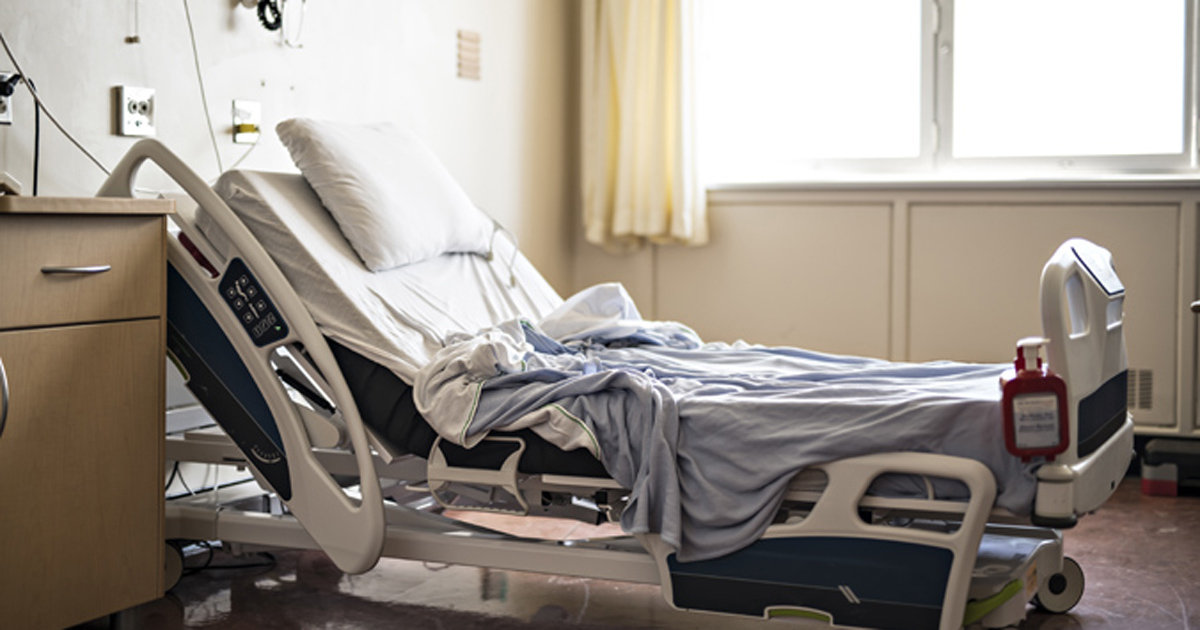C. difficile survives commercial laundering of hospital bedsheets

Commercial washing and drying under United Kingdom health care laundry policy failed to remove all Clostridium difficile, also known as Clostridioides difficile, spores on hospital bedsheets, according to study results published in Infection Control & Hospital Epidemiology.
“Our research found that standard laundering methods in U.K. hospitals failed to remove all traces of ... C. difficile, suggesting that linens could be another source of infection among patients and even other hospitals,” Katie Laird, PhD, head of the infectious disease research group in the school of pharmacy at De Montfort University, told Infectious Disease News. “These findings are significant because they could provide an explanation for otherwise unknown C. difficile outbreaks.”
Laird and colleagues followed the U.K. National Health Service’s current health care laundry policy in both simulated and actual commercial laundering of sheets contaminated with C. difficile.
They inoculated cotton sheets with C. difficile spores and laundered them with sterile bedsheets in a simulated industrial washing cycle using a washer extractor with an industrial bleach detergent that contained sodium hypochlorite 15% and peracetic acid sour 14%. Bedsheets that had been naturally contaminated with C. difficile by infected patients were washed at a commercial health care laundry in a washer extractor with industrial detergent, then pressed, dried and finished according to U.K. policy.

In the simulated wash cycle using an industrial detergent, both strains of C. difficile used to inoculate the sheets survived. Washing the naturally contaminated bed sheets reduced the average spore load from 51 to 33 colony forming units per 25 cm2. The process included washing the sheets at 75°C for at least 3 minutes using the same industrial detergent as the simulated cycle, pressing and drying them at 175°C and finishing them. Laird and colleagues identified the clinical C. difficile strain in the naturally contaminated sheets as ribotype 001/072.
According to the study findings, both the simulated and actual laundry procedures failed to meet the microbiological standards of no bacteria remaining on the sheets.
“Physicians and infectious diseases specialists should consider hospital bedding as another potential source for infection.,” Laird said. “That said, no link between contaminated linen and an infection in a patient has yet to be made and further research in this area is required. Linen from known C. difficile patients may in the future require sterilizing rather than being processed in the usual manner. We are currently working with the Textiles Services Association in the U.K. to further the study in order to find out the parameters that will remove C. difficile spores in the laundry process.” – by Bruce Thiel
Disclosures: The authors report no relevant financial disclosures.
